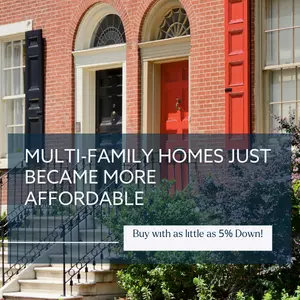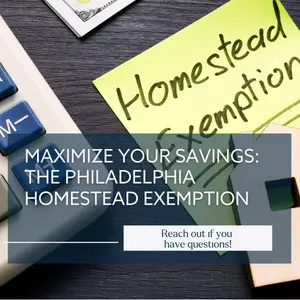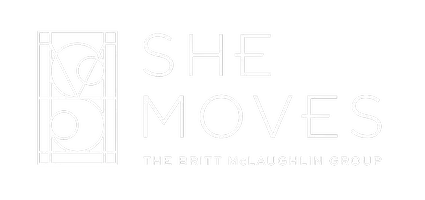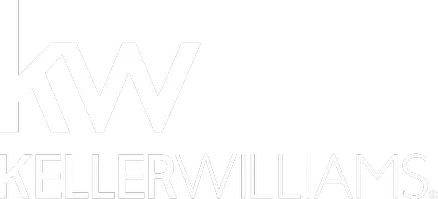

Finding the Right Buyer's Agent: Your Key to a Smooth Homebuying Journey
Choosing the right buyer's agent can make all the difference in your homebuying experience. They'll be your trusted guide, advocate, and expert negotiator throughout the process, ensuring you find the perfect property and secure the best deal possible. Did you know She Moves Realty can help you fi
Read More

A Guide to Closing Costs in the Greater Philadelphia Area
Congratulations! You've found your ideal home in the Greater Philadelphia region, a tapestry of vibrant cities and charming communities, each offering its own unique character. Whether it's the rich history of Doylestown, the artistic energy of Bristol, or the luxiours vibes of the Mainline, you'r
Read More

Unlock Your Homeownership Dream: 5 Steps to Mortgage Preapproval Success
Buying a home is exciting, but navigating the mortgage process can feel daunting. One crucial step that empowers you and makes you a serious buyer is getting preapproved for a home loan. It's like showing up to a party with the VIP pass – you know your budget, you're confident in your financial st
Read More
Categories
Recent Posts











